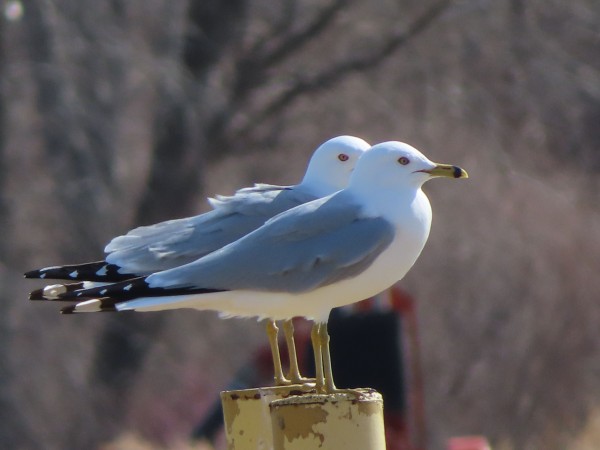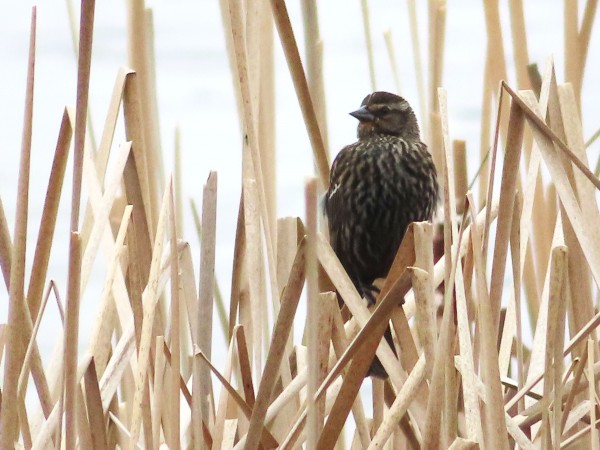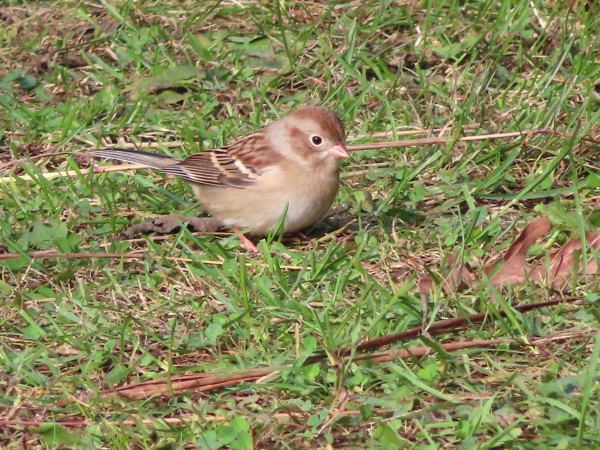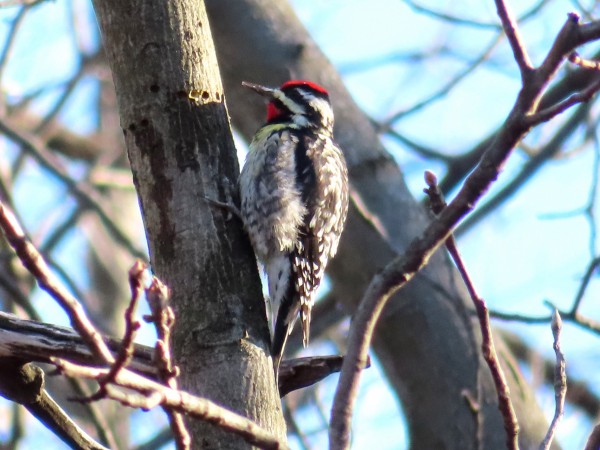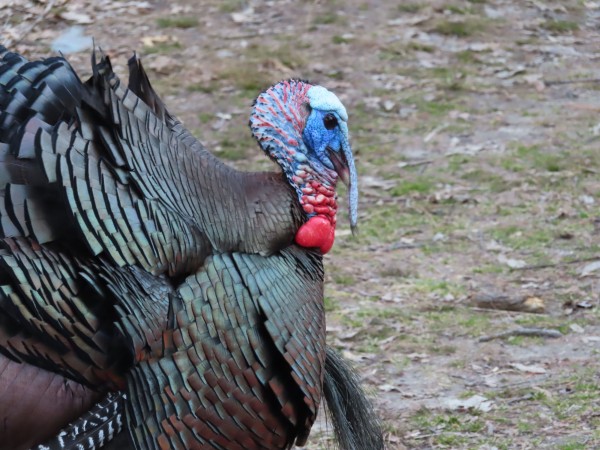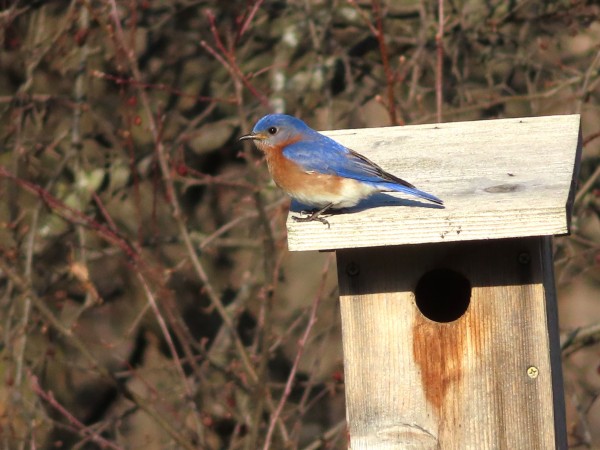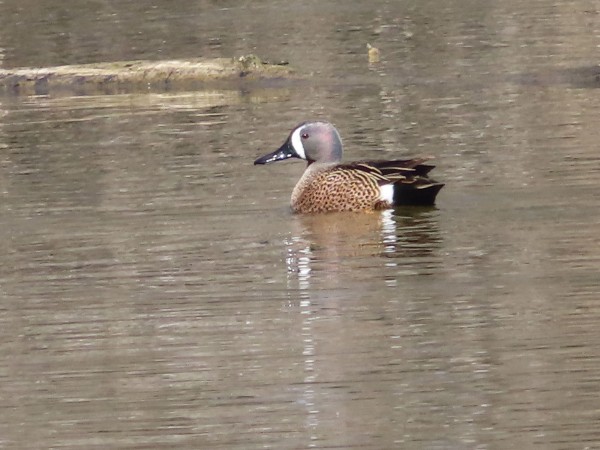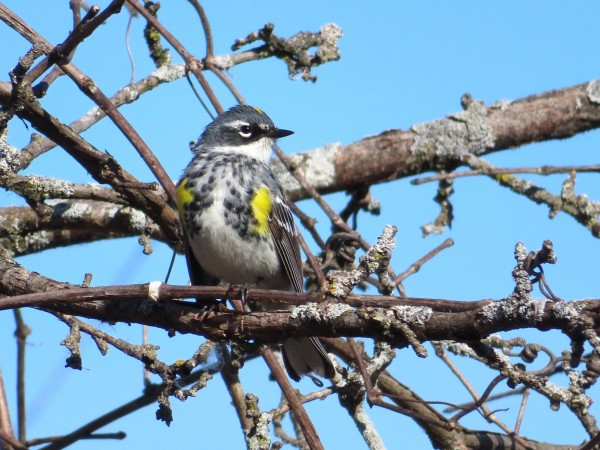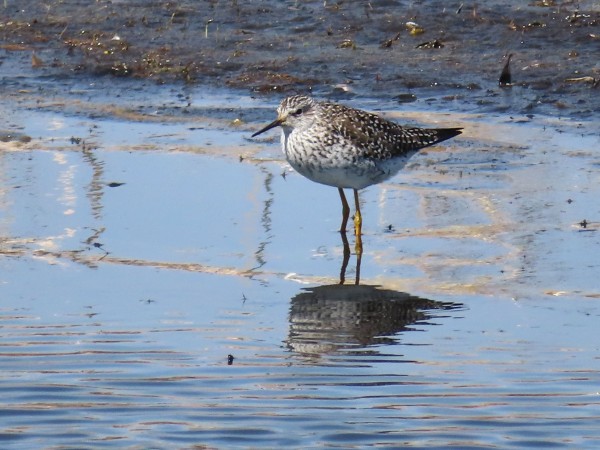Chuck's Birding Report #55
30 March - 04 April 2021
Dear fellow flock of birders,
Have you ever gotten up before sunrise, in the dark (argh!), and arrived at the Arboretum at twilight when the sun lights the sky in the east but before sunrise? Before twilight or in total darkness the birds may be very quiet but as twilight begins and the sun rises, which today was about 6:30am, the birds began to sing. This is called the dawn or morning chorus. I tried this a couple days ago. It was amazing! First because of the colors that accompany twilight and sunrise can be phenomenal. But secondly to hear the birds begin to sing was so heart warming. It's fun to try to predict what birds begin singing first. The ones I heard were American Robins, Northern Cardinals, Red-winged Blackbirds, Mourning Doves, Sandhill Cranes and Song Sparrows. They start singing early for two basic reasons: to show what good mates they would make and to protect their territories. Last Saturday when I was out at sunrise I also saw waves of Ring-billed Gulls probably coming off Lake Wingra and heading south to some farm field to feed. In total I saw about 110 of the gulls. Note the black ring formed by black on the upper and lower bill as well as the yellowish legs both of which are distinguishing characteristics. I challenge all of you to experience the dawn chorus at least once in your lifetime.
So much for very early rising, how is the migration going?
This past week I've seen a few female Red-winged Blackbirds arriving. The female look very different from the males. They are primarily dark and light brown streaked and don't have any colored wing patches. The males arrived at Curtis Prairie on March 5th and the females usually arrive about a month later after the boys have prepared and secured a proper place or territory for the females. Guess what, it's been about a month.
This past week I saw several Field Sparrows on Longenecker Gardens and a couple Yellow-bellied Sapsuckers pecking their unique syncopated drumming sounds in the woods.
There are still Fox Sparrows on Longenecker singing their beautiful song. Other species of sparrows should arrive soon. The Red-tailed Hawk pair are at the nest in the white pines northeast of the Visitor Center. When I visit the nest I usually see either the top of the hawks head or the tip of its tail. The nest is deep enough to hide most of the hawk. I assume she is sitting on eggs since there has been no sightings of young yet.
The Wild Turkey males (toms) are really putting on a show to try to impress the females. Most of the time the females don't pay any attention. At some point they must decide that one of them is good enough to father her young because later in the summer mothers with young are seen around the Arboretum. The males have magnificent plumage and can really spread their tale feathers, drop their wings to drag on the ground and fluff up the rest of their plumage to strut their stuff. The blue and red colors to each of their heads and necks are impressive too. Note the blue snood that dangles down the side of the beak and the red caruncles that appear as large wrinkles on the neck.
I'm still not seeing many Eastern Bluebirds at the Arboretum yet. On Saturday some of us saw a male and female Eastern Bluebird at nest box #11 at the southern end of Longenecker Gardens. The chief competitors for the nest boxes are the Tree Swallows and their numbers are up to six. We always hope the Eastern Bluebirds arrive before the Tree Swallows so that the former can claim more of the next boxes. That may not be the case this year.
I keep checking the Great Blue Heron rookery for more heron arrivals but my high count is still ten adults. We did notice that the Osprey nest which was constructed on a snag last year was partially destroyed by all the winds we had recently. We hope the Osprey return and repair the nest for another nest so that they can have more young at that location.
One of the ducks seen in the pond along the south edge of Gardner Marsh near Carter St. is the Blue-winged Teal. It is a small duck and the male has a characteristic vertical white strip just behind the beak. The speculum or wing patch is blue giving the name for the duck.
I've saved the best Arboretum bird for last. This morning I was lucky enough to see my first of year (FOY) warbler, actually five Yellow-rumped Warblers at Big Spring. They are always the first warblers to arrive. I had to be patient because they were not there initially, but all of sudden a small flock came flying in and landed at the top of the canopy of trees right above me. That is definitely not my preferred site for viewing warblers. First they are seen against a bright sky and second after a minute or two a pain develops in the neck, affectionately called warbler neck. As one matures the pain comes on quickly and with greater intensity (argh!). I'm in that mature category. One behavior I saw that was so phenomenal that the Olympic Gymnastics Team would even be impressed. One Yellow-rumped Warbler made amazing gyrations attempting to catch an equally competent insect. The warbler was the victor and gobbled down the insect.
The last photo is not from the Arboretum but was seen in Dane County. Another group of birds that arrive this time of year is shorebirds. The Arboretum does not have much habitat for these birds so are rarely seen in the Arb. I saw this shorebird at Nine Springs and it is called a Lesser Yellowlegs. Look for more shorebirds at Nine Springs.
That's the bird report for this week. More migratory birds are coming. I hope all of you can get out and find some.
Good health to all of you and good birding too,
Chuck

